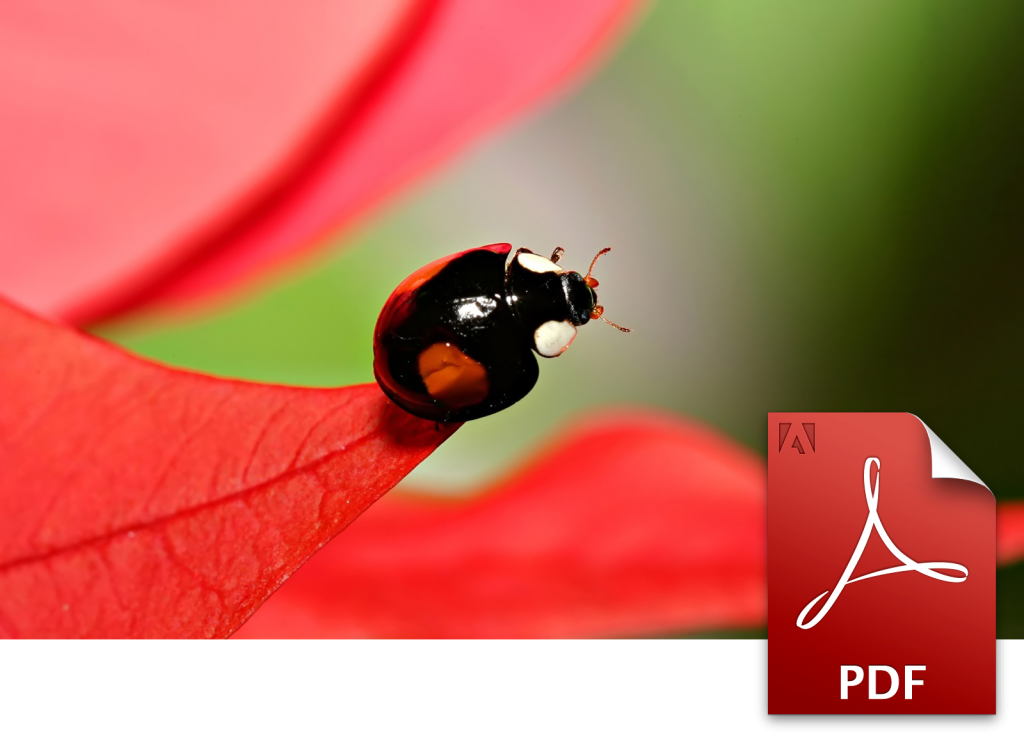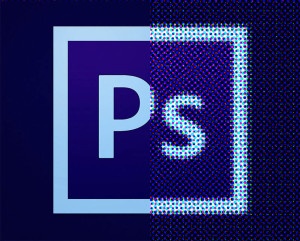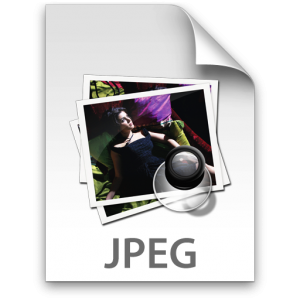(Image courtesy of dream-wallpaper.com)
I still remember the first time I sent a file to a commercial printer. I was a fledgling designer building my first magazine layout for a professional architecture magazine. I toiled and sweated over that issue, and when I thought it was ready, I couldn't be more proud of my creation. This was the masterpiece that was to kick my career into high gear. Then I sent the files to the printer, and what happened next made me feel like a 1st-year rookie (which I was): The printer rejected the files. Hairline strokes, embedded images, inconsistent margins, and missing fonts were just a few of the culprits, and I really can't remember all of the rest. The bottom line: Creating flawless press files for your printer can be a technically daunting and difficult task.
Luckily, the software used by both printers and designers has improved greatly in the past decade, and it is much more forgiving. Nonetheless, there are still steps you can take to minimize costly and time-wasting headaches for both you and your printer.





